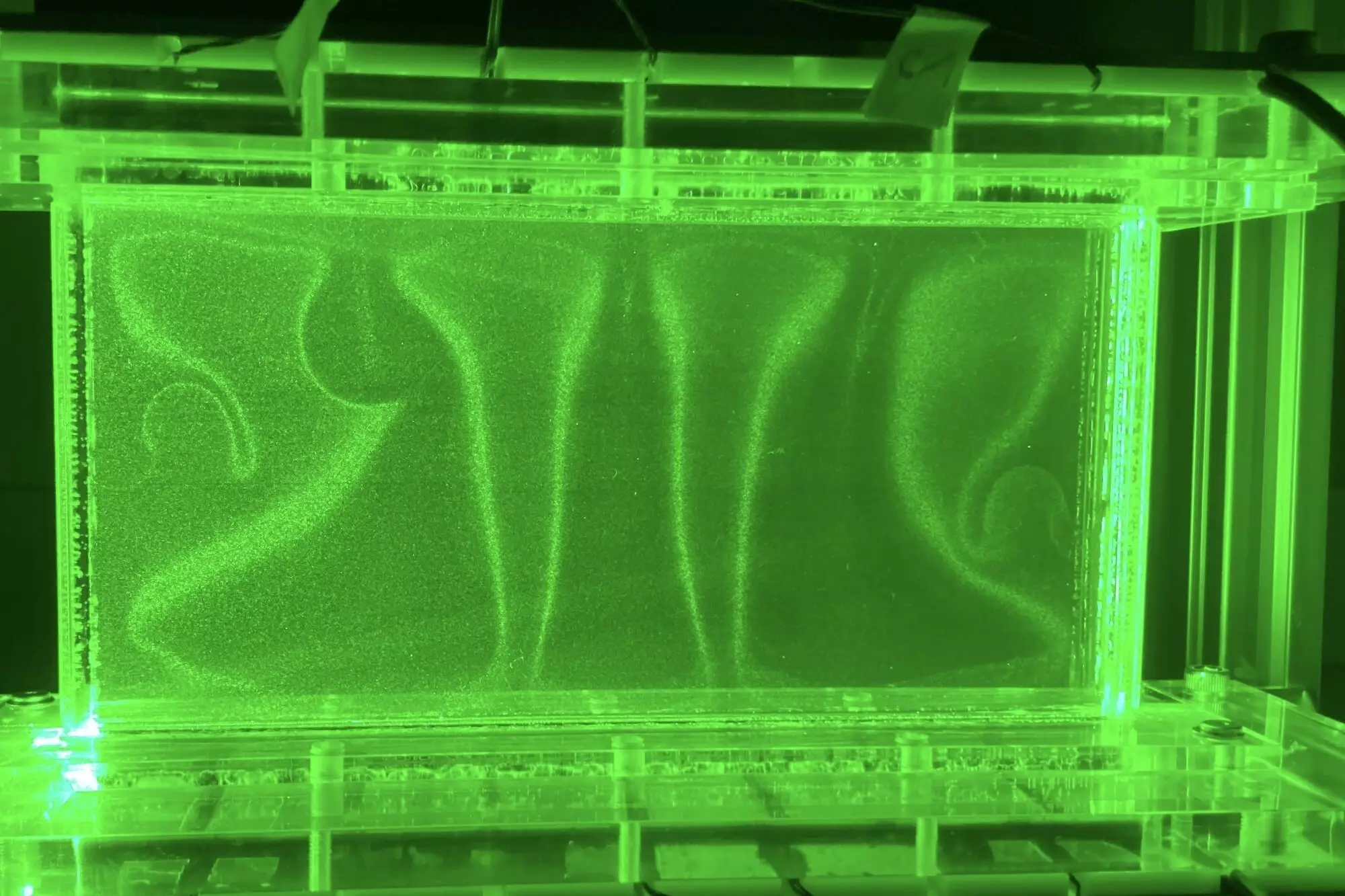In recent years, air fryers have surged in popularity, becoming must-have kitchen appliances that promise convenient, healthy cooking. Social media is awash with visually enticing videos showcasing delectable meals made in mere minutes, which often mask the underlying science that lends air fryers their functionality. The reality, however, transcends mere convenience. At the core of air fryers lies a sophisticated yet age-old principle – convection heat – widely understood but often overlooked in everyday cooking discussions.
The Science Behind Convection
Convection is inherently tied to the principles of fluid dynamics, where warmer areas of a substance become less dense and rise, while cooler regions sink. This concept parallels various natural phenomena, from ocean currents to atmospheric dynamics. Hugo Ulloa, a fluid dynamics researcher at the University of Pennsylvania, encapsulates this theory by likening it to heating a pot of water. “As the water heats from below, it triggers movement throughout the pot, creating a cycle of motion that mirrors processes found in nature,” he explains. Despite its familiarity, applying these principles to confined environments—such as the limited space within an air fryer—remains a complex challenge.
Exploring Convection at Micro-Scales
Ulloa, alongside colleagues Daisuke Noto and Juvenal A. Letelier, has embarked on groundbreaking research published in the *Proceedings of the National Academy of Sciences* that delves deep into the behavior of fluids under extreme confinement. The essence of their study revolves around understanding how heat transfer operates in constricted environments, enhancing our grasp of convection’s more intricate dynamics. “We discovered that the efficiency of heat transfer fluctuates significantly, influenced by both the degree of confinement and the flow characteristics of the fluid involved,” Ulloa notes.
This research is not merely academic; it holds the potential to revolutionize various fields. Insights gleaned could lead to advancements in geothermal energy harvesting, innovation in biomedical devices that require precise thermal control, and improvements in computer cooling systems, which are becoming more critical as technology continues to advance.
Experimental Innovations Using Hele-Shaw Cell
To achieve their objectives, the research team employed a Hele-Shaw cell – a clever apparatus comprised of two parallel plates with a narrow gap between them. By manipulating the orientation and temperature variations of these plates, the researchers were able to create varying conditions to observe and quantify how heat flowed through the confined space. These experiments demonstrated unexpected phenomena, such as the emergence of tiny thermal plumes resembling mushroom caps, which play an integral role in the convection process.
Noto’s excitement is palpable as he reflects on the findings: “As we constrained the system, we witnessed these plumes evolving under different circumstances. Their behavior not only elucidated the dynamics of heat transfer but also spotlighted the nuances that affect efficiency within confined systems.”
Understanding Thermal Plume Behavior
The direction of this research has revealed a critical understanding of thermal plumes and their interaction with their environment. Depending on the size of the gap, these plumes can either flourish in a three-dimensional manner or remain confined to two-dimensional flows. The phase shift between these two states significantly affects the heat’s transfer efficiency, serving as a linchpin in the research team’s findings.
Interestingly, as the spacing between the plates decreases, these plumes are subjected to tighter constraints, transitioning from free to confined growth. This transition dramatically impacts how effectively heat is disseminated, leading to enhanced thermal efficiency in tighter spaces. “We have developed a new parameter – the degree of confinement (Λ) – to quantify the influence this confinement exerts on fluid behavior,” reveals Ulloa.
Applications Beyond the Kitchen
Understanding how heat transfer operates in confined systems is not just useful for improving cooking appliances; it has broader implications for a myriad of sectors. From optimizing geothermal energy extraction to ensuring the effective mixing of nutrients in hydrothermal environments, the scientific underpinnings of their research could lead to more sustainable technologies across the board.
Looking forward, the team has plans to extend their research beyond mere heat transfer. “Our future studies will analyze how convective processes influence the mixing of various properties and substances in confined locations, such as minerals and gases,” states Ulloa. This knowledge will be vital for industries reliant on thermal dynamics, providing insight into how to maximize efficiency in complex systems.
In essence, while the air fryer may symbolize a cooking revolution on the surface, the scientific principles governing its operation showcase profound advancements that could resonate across many technological frontiers. With ongoing research pushing the boundaries of fluid dynamics, we stand at the precipice of a new understanding of heat transfer that could redefine efficiency in both domestic and industrial applications.


Leave a Reply